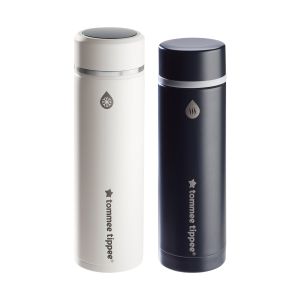
This is a demo store. No orders will be fulfilled.
Subscription orders can be cancelled at anytime. Free delivery on all subsequent subscription orders. Find out more about subscriptions.
They’re easy and fuss free
Your products are automatically sent to you
You save up to 10% when you sign up for a subscription
You can cancel at any time
We know that trimming a newborn baby���s nails can be a daunting task for parents. Even though they���re tiny, they grow surprisingly fast, and if left untrimmed, can become long, sharp, and scratchy.
Try not to worry, though. We���re here to run through when and how to cut a baby���s nails and will cover some top tips to help keep your baby happy while you care for their tiny finger and toenails.
Soon, you���ll be a mini mani-pedi pro!
Here���s a step-by-step guide on how to safely cut your baby���s nails:
Although a newborn baby���s fingernails are soft and wear down naturally, they do grow fast. They will need to be gently trimmed to help prevent accidental scratches.
You can cut or file your baby���s nails as early as their first week. From then, they will need cutting as often as every three days in their first few weeks.
The best time to trim your baby���s nails is when you���re feeling alert and awake, and your baby is asleep, very calm, or feeling drowsy and ready for a snooze. It���s a good idea to keep a small healthcare kit containing some nail clippers in your changing bag. That way, you can tend to your baby���s tiny nails, wherever, whenever.
A baby���s nails are soft, and rather than clipping them, it can be tempting to peel or bite them off. However, this should be avoided because there���s a risk that you���ll remove too much of their nail, expose the sensitive skin beneath, and transfer germs to your baby���s skin.
If you���re worried about using clippers or scissors to trim your baby���s nails, try gently filing their nails using a soft emery board.
Accidents happen, so try not to stress if you do cut your baby���s skin when trimming their nails and their finger bleeds. The best thing to do is gently press a clean, soft cloth pad onto the cut and apply some pressure until the bleeding stops. Don't apply a plaster or dressing because these can pose a choking hazard.
If you���re concerned about the cut, you can take your baby to see your GP.
You���ll notice that your little one���s toenails grow a lot slower than the nails on their hands.
Because they require slightly less maintenance, the nails on their tiny toes will need trimming less frequently ��� usually around once a month. They should be trimmed straight across to prevent ingrown toenails.